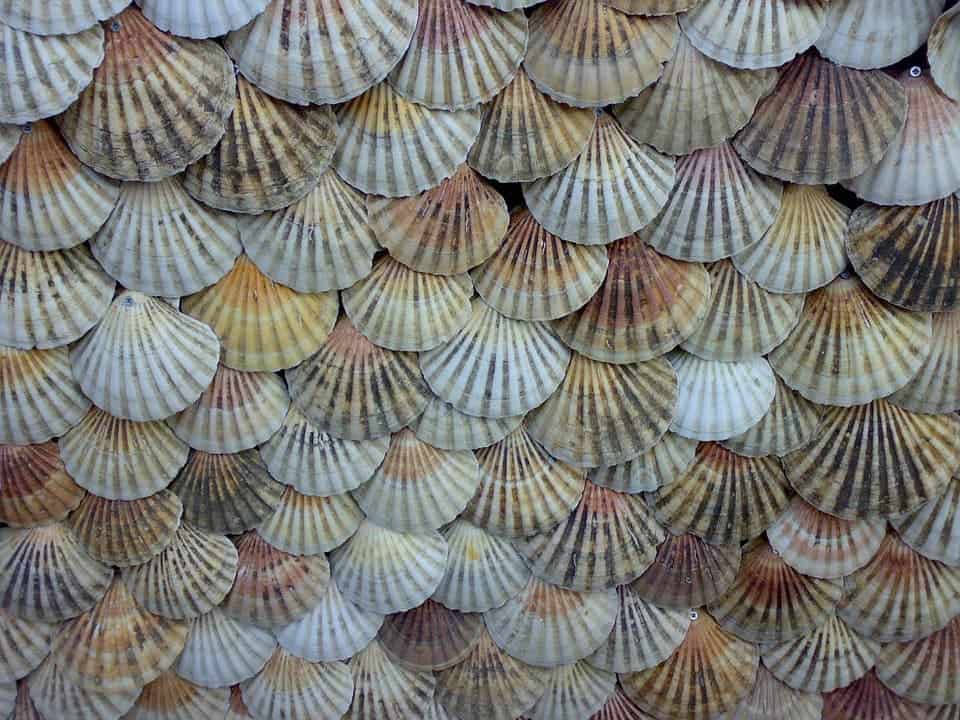The four most commercially-important species of bivalve mollusks (shellfish) — eastern oysters, northern quahogs, soft shell clams, and northern bay scallops — have been in sharp decline in the last three decades. New research has finally uncovered why.

Warmer ocean conditions, associated with a shift in the North Atlantic Oscillation (NAO), lie at the heart of the issue. These changes led to environmental degradation and increased predation rates, which had a profoundly negative impact on the species’ health from Maine to North Carolina.
Fishy weather
The NAO is a regular fluctuation in atmospheric pressures over the North Atlantic. It plays a major role in the shaping weather and climate patterns throughout eastern North America and Europe, particularly in winter and early spring. According to the team, shifts in the NAO can affect the reproduction cycles of species in the area and predator-prey relationships in the ecosystem. One particularly important species whose growth pattern is affected by shifts in NAO is plankton — which provide food for basically every trophic food chain in the ocean.
The same shifts are also impacting the four bivalve species’ health, the team adds.
“In the past, declines in bivalve mollusks have often been attributed to overfishing,” said Clyde Mackenzie, a shellfish researcher at NOAA Fisheries’ James J. Howard Marine Sciences Laboratory in Sandy Hook, NJ and lead author of the study.
“We tried to understand the true causes of the decline, and after a lot of research and interviews with shellfishermen, shellfish constables, and others, we suggest that habitat degradation from a variety of environmental factors, not overfishing, is the primary reason.”
Shellfish landings declined between 1980 and 2010, standing in contrast to much higher, much more consistent shellfish landings between 1950 and 1980, the team writes. They also note a related decline (89% on average) in the numbers of shellfishermen who harvested the mollusks. The only exceptions to these declines were seen in the case of northern quahogs in Connecticut and American lobsters in Maine. Landings of American lobsters from southern Massachusetts to New Jersey, however, have fallen sharply. The team says this comes down to increasing water temperatures in those areas.
“A major change to the bivalve habitats occurred when the North Atlantic Oscillation (NAO) index switched from negative during about 1950 to 1980, when winter temperatures were relatively cool, to positive, resulting in warmer winter temperatures from about 1982 until about 2003,” says Mackenzie.
“We suggest that this climate shift affected the bivalves and their associated biota enough to cause the declines.”
Habitat studies in Narragansett Bay, RI and in the Netherlands — where environments are very similar to the northeastern U.S. — revealed that changes in the bivalves’ body weights, their nutrition, the timing of spawning, in addition to increased mortalities from predation, were sufficient to force the landing declines seen over the last three decades. Other factors likely affecting the decline were poor water quality, loss of eelgrass for larvae to attach to and grow (in some sites), and insufficient food for the shellfish of their larvae.
Weather and climate patterns play a large part in driving these changes, the team adds. For example, a cool spell combined with extremely cloudy weather earlier this year may have interrupted scallop spawning in scallop beds on Martha’s Vineyard, leading to poor catches today. Nantucket and Martha’s Vineyard both had very good harvests last year due to large recruitments in 2016, making this year’s landing figures seem even poorer in comparison.
“The rates of survival and growth to eventual market size for shellfish vary as much as the weather and climate,” Mackenzie said.
“In the northeast U.S., annual recruitments of juvenile bivalves can vary by two or three orders of magnitude.”
The NAO index has remained been fairly neutral since the early 2000’s, the team adds. As a consequence, landings of all four shellfish species have been increasing in some locations. Poor weather for bay scallop recruitment in both 2017 and 2018, however, will likely mean a downturn in landings during the next two seasons.
The paper “Large Shifts in Commercial Landings of Estuarine and Bay Bivalve Mollusks in Northeastern United States after 1980 with Assessment of Causes” has been published in the journal Marine Fisheries Review.



